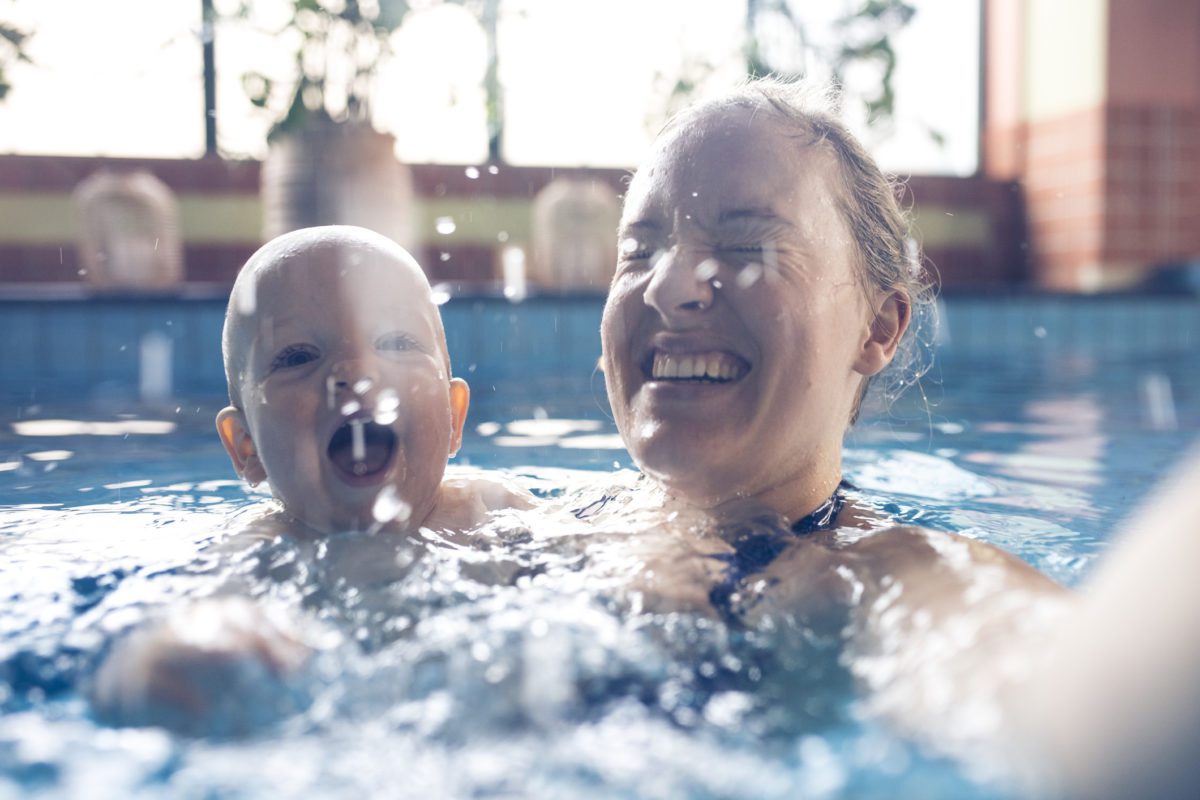
Now that summer is here, kids will spend their days swimming in the pool with friends or splashing around in the lake or ocean.
While parents may know enough to supervise their children while they are in the water to prevent drowning, it’s simply not enough.
There’s another type of drowning that’s not always talked about, but is extremely dangerous.
Even more scary, this type of drowning takes place once kids are out of the water.
Secondary drowning, while rare, could be lethal if not caught.
The Huffington Post reported:
“Both dry and secondary drowning are considered atypical types of drowning in that they occur after a child has been pulled out of the water. In dry drowning, water is swallowed, but doesn’t enter the lungs. It does, however, enter the airway, causing it to spasm, which can lead to difficulty breathing and even suffocation, explained Dr. Mark Zonfrillo, a pediatric emergency physician with The Children’s Hospital of Philadelphia.
Secondary drowning, on the other hand, takes place when water actually enters the lungs, he said. It too can lead to potentially life-threatening breathing issues.
Dry drowning usually happens within minutes after a child has struggled in the water, but when secondary drowning occurs, a child may not show signs of distress for hours, or — in rare instances — even up to a day. “It might not cause any effects immediately, but [secondary drowning] can cause edema or swelling of the lungs in a delayed fashion,” Zonfrillo said. And because the precipitating event may not necessarily look especially dramatic — say, a toddler slips under water for a few seconds — it’s especially critical that parents pay attention to how their child responds after.”
It’s important to be watchful of your child after they exit the water, and pay attention to any unusual behavior such as coughing or fatigue.
If your child has a fever, starts complaining of chest pain, or has shortness of breath, these are signs of secondary drowning.
The good news is, if caught early, doctors can remove the fluid from the lungs and administer oxygen.
Since it only takes a few seconds for water to enter the lungs, it’s critical to pay close attention if your child slipped under water, or seemed to be struggling in the pool.
As for prevention, both secondary and dry drowning occurs when a child swallows a lot of water, and often doesn’t know how to swim.
Consider signing up your children for swim lessons at a young age and make sure whoever is supervising them while they are swimming is responsible and knows to keep a close eye.
Of course, if you have a pool at home, pool gates and alarms are essential from preventing young ones from falling into the pool.
Don’t let the fear of secondary drowning take away from your summer fun, but be sure to keep an eye on your child both in and out of the water.
Have you heard of secondary drowning before?
How do you plan to keep your child safe this summer?
Tell us your thoughts in the comments section below.
